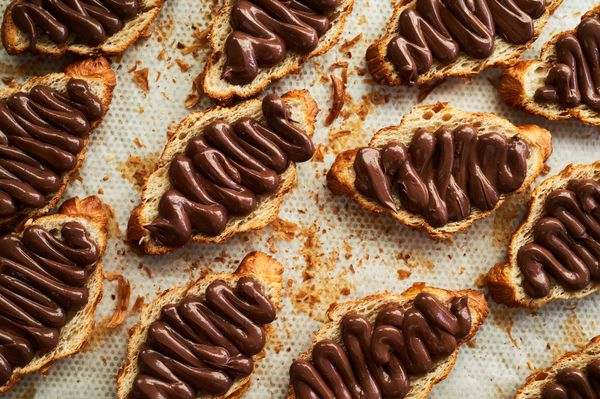He programmed the websites of several Hungarian creative projects, and then he realized that from time to time he had to break out of the world of numbers and codes, so he turned to ceramics five years ago. Returning from Tortus’ studio in Copenhagen, he is now working on setting up his own studio. Towards the end of our digital-analog thematic month, we talked to Dávid Godzsák!
When and why did you start working in ceramics?
I have been working as a programmer for years. About five years ago, I worked full-time at the university and as a self-employed person, which meant working 14 hours a day. I felt like I was burning out—at the end of the day, I just fell into bed, scrolling down on Instagram to relax, that’s when I first came across videos of potters (I think ceramics started to reach a wider audience at the time). I got more and more curious. I looked for a place in Budapest where I could try myself. Eventually, I went to a small studio in Zugló, where István Róbert Nagy was teaching. He told me to only build by hand, work with slab-building technique and add clay by hand, but I wanted to do wheel throwing. He was afraid that I won’t have a sense of success in it and leave it, but if something doesn’t work out, I try even harder. We gave it a go in the second practice class, it went relatively well, from then on I only used the wheel. I reduced work and then went to Copenhagen to study for a master’s degree in programming. Half a year after the move, the famous ceramics artist Eric Landon (Tortus) announced that he would open his studio, and I applied as a member. The owners saw that I was persistent and entrusted me with overseeing the studio over the weekend, so in return, I was able to go there to create for free. Although Copenhagen is a beautiful city, I missed Budapest, so I moved home in September this year.
Programming and ceramic design may seem like a strange combination at first, even if the former can be at least as creative a process as the latter…
I have been living a double life since I was a child, programming has been my love since I was eleven, but I also started drawing and making music at the age of seven—I need things related to math and numbers as much as manual creative processes. If I neglect any of it, my brain will complain.
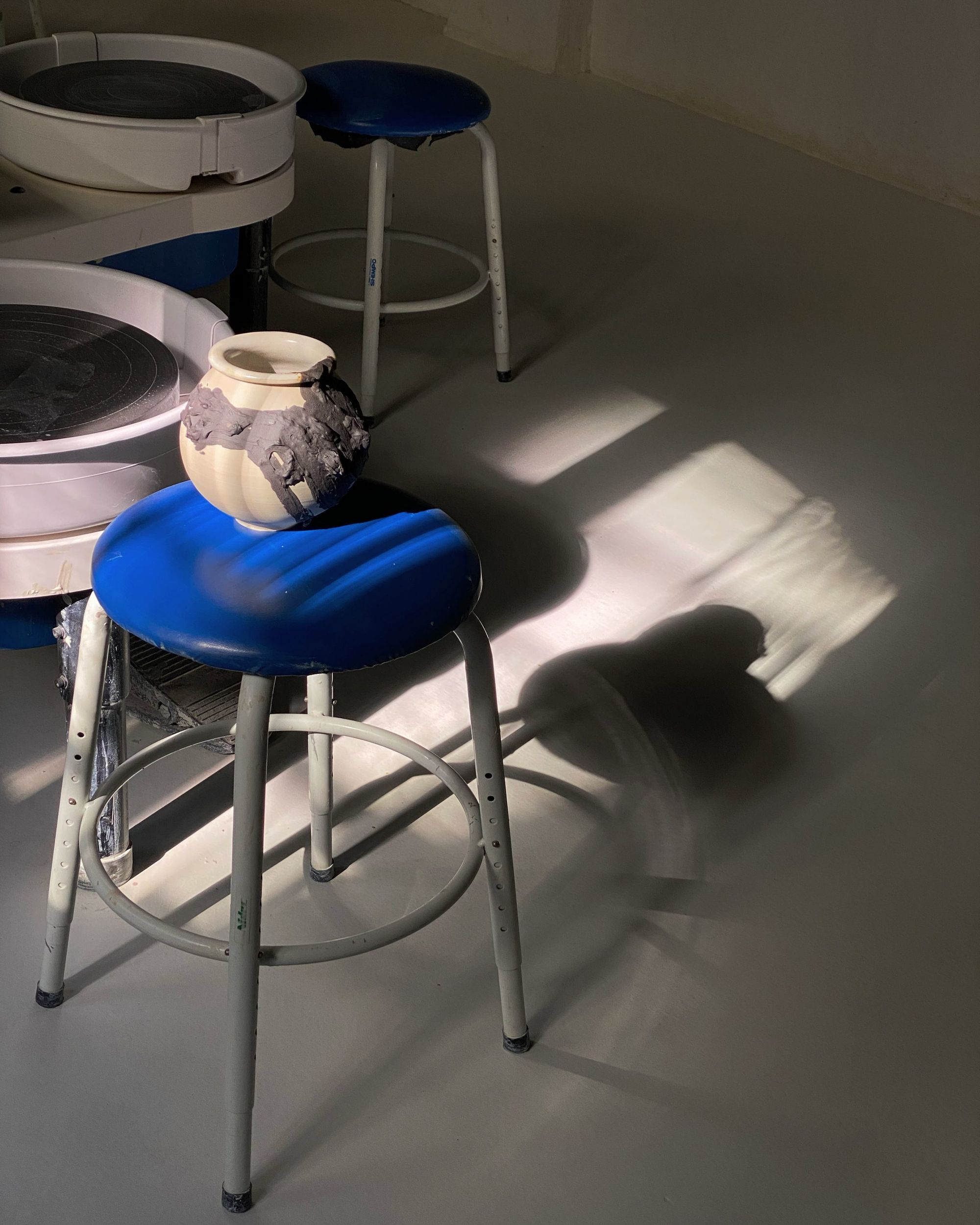
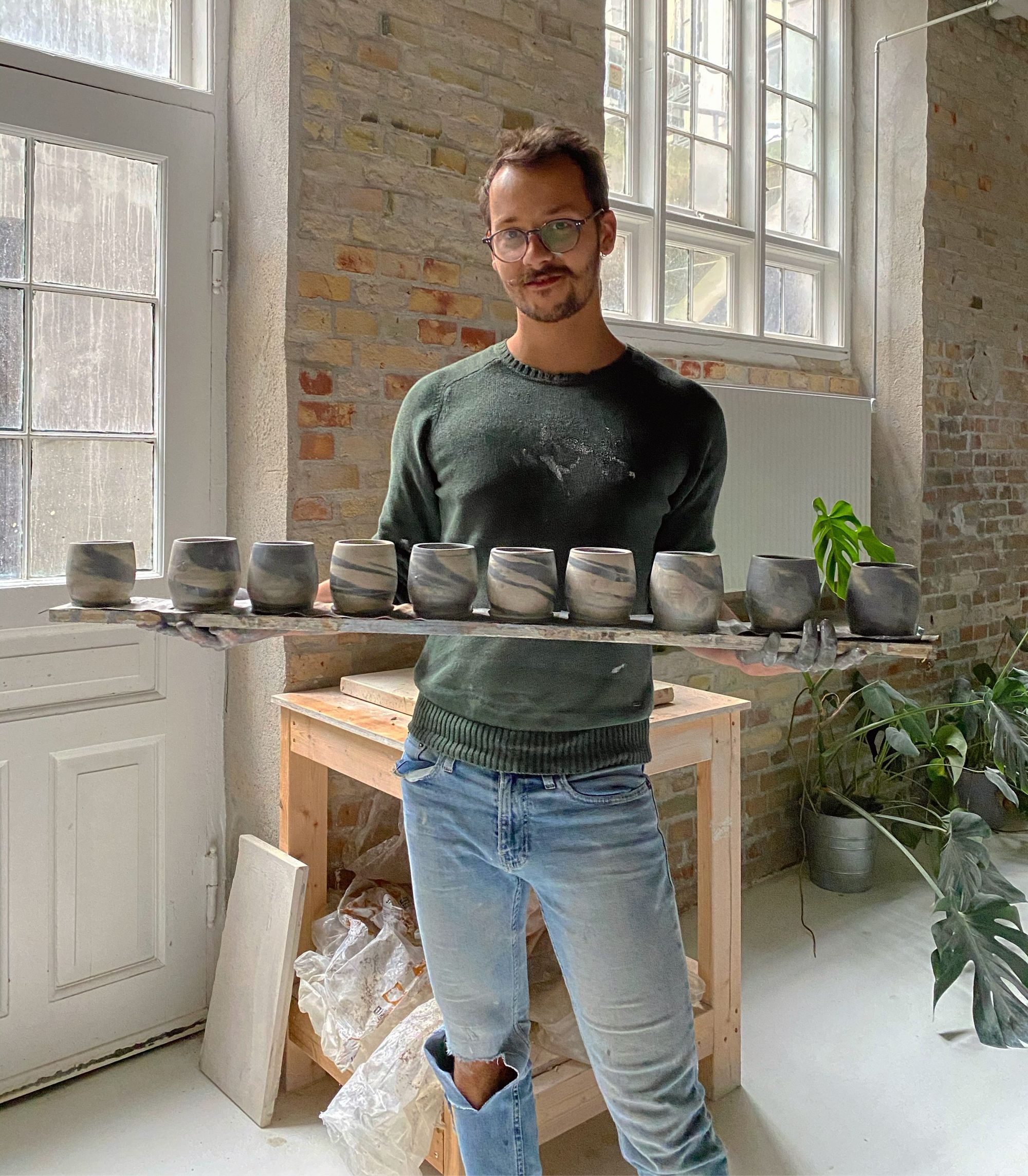
How would you characterize your creative attitude?
I’m still at the beginning of the road. By now, I have the technical knowledge to put my ideas into practice. Throwing the clay on the wheel is like learning to play an instrument—it takes a lot of perseverance, patience and practice to get to a quality standard. I still practice this to this day, and I often draw inspiration from broken steps. In several of my series, the concept was eventually inspired by some coincidence. Usually I like things that are somehow faulty. For example, when I first glazed, I applied the glaze too thin, it flowed in some places, so the end result was not professional. It reminded me of the sight of graffiti running down the wall, which inspired me to make a series where I spray paint on the pottery. I found it exciting to combine a fragile, beautiful object with something that a large part of society identifies with vandalism. I am interested in “spoiling” the classic, refined forms. Last time, I experimented with what the end result will be when I manually build elements onto the shapes thrown on the wheel that tip objects out of regularity.
You recently said that you will be opening a pottery studio soon. If I understand correctly, you were also influenced by Tortus’ school in Copenhagen to get into this.
When I got home, I couldn’t find the pottery studio I wanted, so together with Debóra Horák, we started building the Henger Studio. I hope to be able to provide space for 10-15 ceramicists here soon, and part of the 130 m2 space will also function as a showroom. There will be a membership system for those who enter, they can buy different periodic passes. There are many pottery workshops in Budapest, but anyone who wants to continue creating after an event like this has little opportunity to go anywhere. Work is likely to begin earlier with applicants in early February, and we plan to have a larger opening later when the showroom is also completed. The identity of the studio is created by DE_FORM.
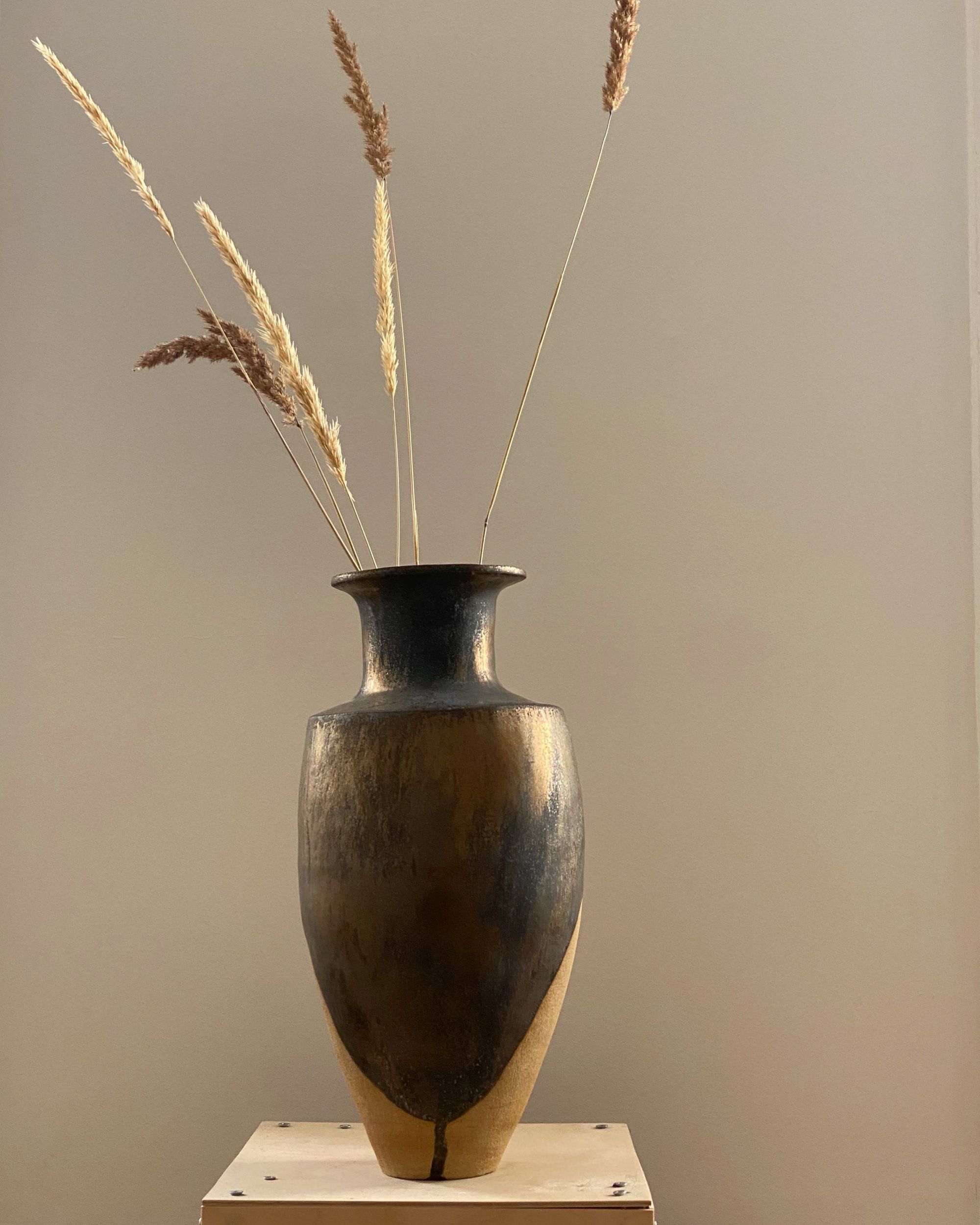
They also created the identity of your own brand. How did the collaboration start and what were the considerations that led you to start designing with the studio?
I have known the founders of DE_FORM for a long time, as a programmer, I worked with them on several websites, we also created the pages of Studio Nomad and the Open Museum, for example. They are one of the best design studios in Hungary, I definitely wanted to ask them. I look for contrasts in my work, I like to take a turn at the last minute and take the finished product in a new direction. This is followed by the font, which evokes a classic design, yet there are twists in it. The website being created will operate in a similar way.
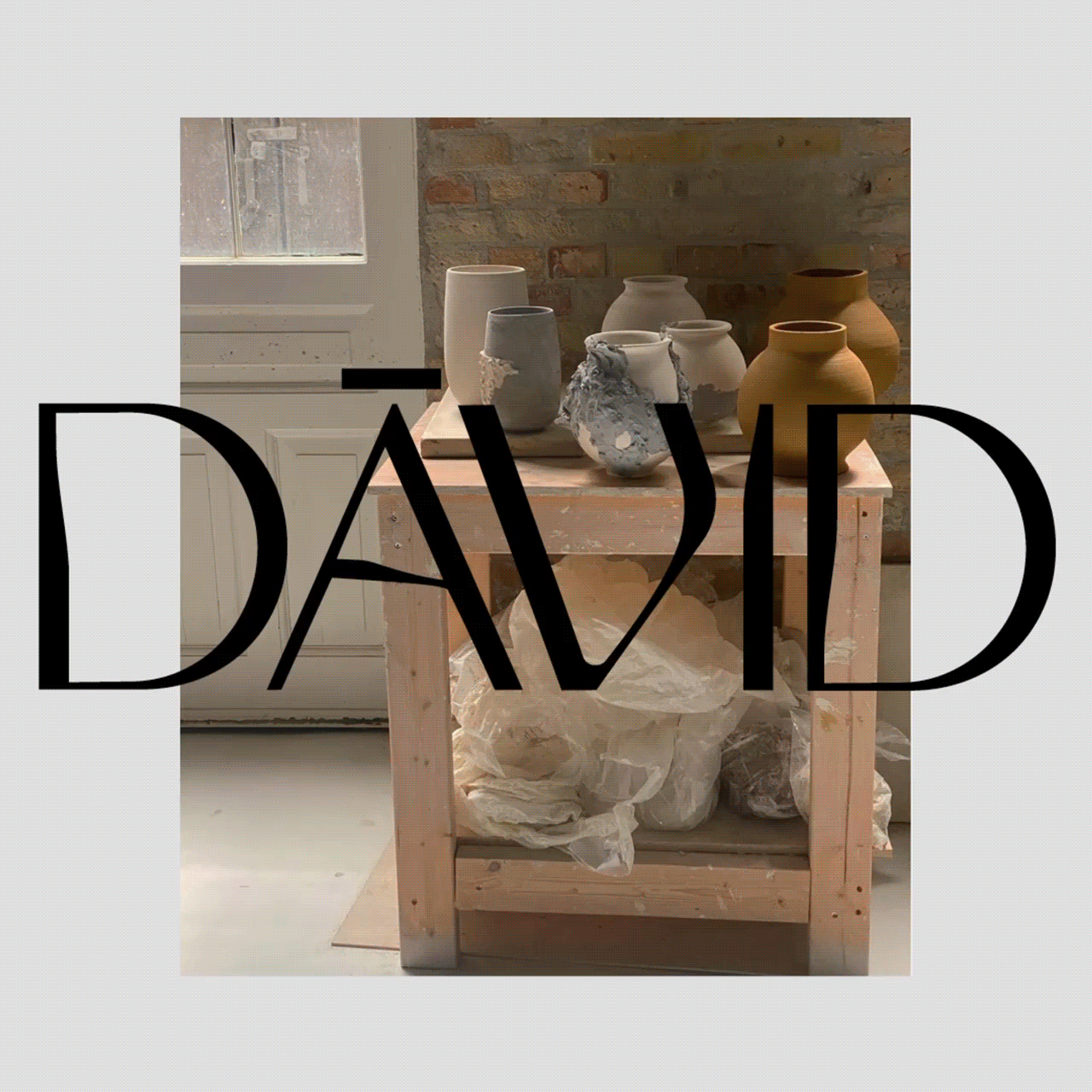
Dávid Godzsák | Instagram

Modern lifestyle in a turn-of-the-century villa
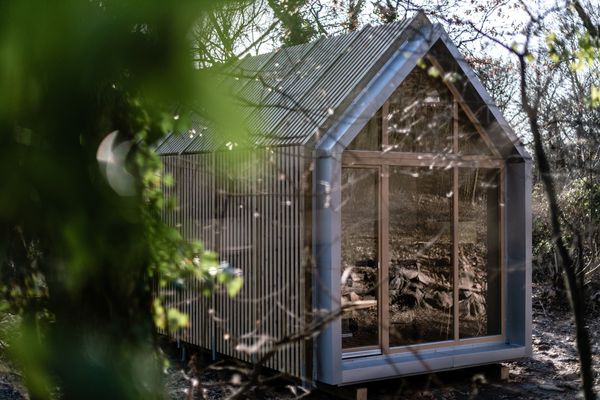
Hello Wood takes its minimalist cabin to a new level
